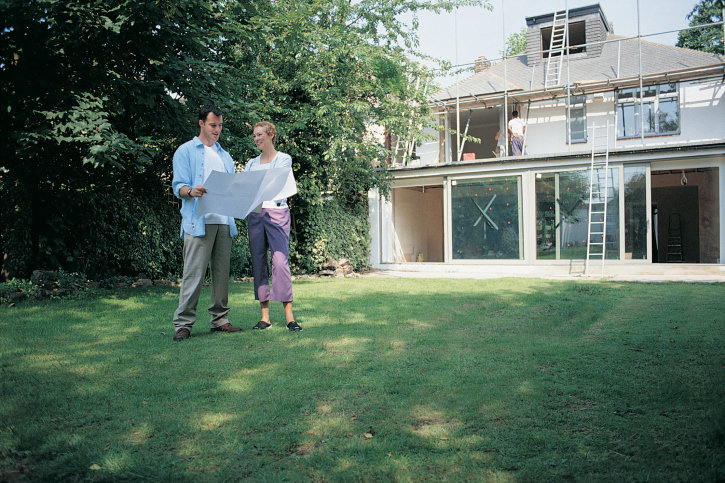Concrete Countertops: Learn Why Concrete May Be the Best Thing to Hit Your Kitchen
 Updating your kitchen may be a project that you have been looking forward to for a long time. Now that the time has come to get started working on your project, you may be exploring the different materials that are available to use in your kitchen. The counter tops are often a prime focal point for a kitchen remodeling project. While there are several materials available to consider, concrete may be the best option for a number of reasons.
Updating your kitchen may be a project that you have been looking forward to for a long time. Now that the time has come to get started working on your project, you may be exploring the different materials that are available to use in your kitchen. The counter tops are often a prime focal point for a kitchen remodeling project. While there are several materials available to consider, concrete may be the best option for a number of reasons.
Endless Design Options
Concrete is a popular material that is used on patios, decorative floors and more because it can be stained, scored and shaped with almost endless possibilities. Just as the design options are limitless for other areas of the home, the same holds true when using concrete for your counter tops. You can customize the size, shape, finish, edge style and color without limits to achieve the desired look for your space.
Affordable Material
Concrete is not quite as affordable as laminate counter tops, but it is far more affordable than most other options. It also has a higher end look than laminate, and it can be poured, scored, and stained to mimic other higher end materials. This is a great way to get a luxurious look for your counter tops without paying a high price for them.
Highly Durable
Like many other materials that you may be thinking about for your counter tops, concrete will need to be sealed for long-lasting beauty and style. Once sealed, this is a material that is resistant to damage from heat exposure, staining, water exposure and more. Essentially, it is one of the most durable materials that you can use in your kitchen.
The kitchen is by all accounts a functional room, and counters will be exposed to heat, water, sharp edges and more over the course of time. Concrete is a material that holds up well in this type of environment.
It is rarely easy to select the perfect materials to use in your home remodeling project. After all, you may be concerned about style, durability and cost, and each material may have pros and cons. After discovering the benefits of concrete counter tops, however, you may have found the material you are searching for. You can request a quote for your concrete counters and review the incredible design possibilities.

 Relocating to a new area can be exciting, but it can also be expensive. There are many resources to help, but most cost money. However, if you take your time and plan carefully, you can reduce the expense so you don’t start your new life with new debt. Here are three tips to controlling your moving budget.
Relocating to a new area can be exciting, but it can also be expensive. There are many resources to help, but most cost money. However, if you take your time and plan carefully, you can reduce the expense so you don’t start your new life with new debt. Here are three tips to controlling your moving budget. When your home is no longer fully functional for your needs, you may be thinking about moving into a larger home with a more functional floor plan. While this is one option to consider, another option is to renovate your existing home. You could build a wing onto your home, or you could add a second story to the property. There are several reasons why adding a second story to your floor plan may be the best solution for you.
When your home is no longer fully functional for your needs, you may be thinking about moving into a larger home with a more functional floor plan. While this is one option to consider, another option is to renovate your existing home. You could build a wing onto your home, or you could add a second story to the property. There are several reasons why adding a second story to your floor plan may be the best solution for you.